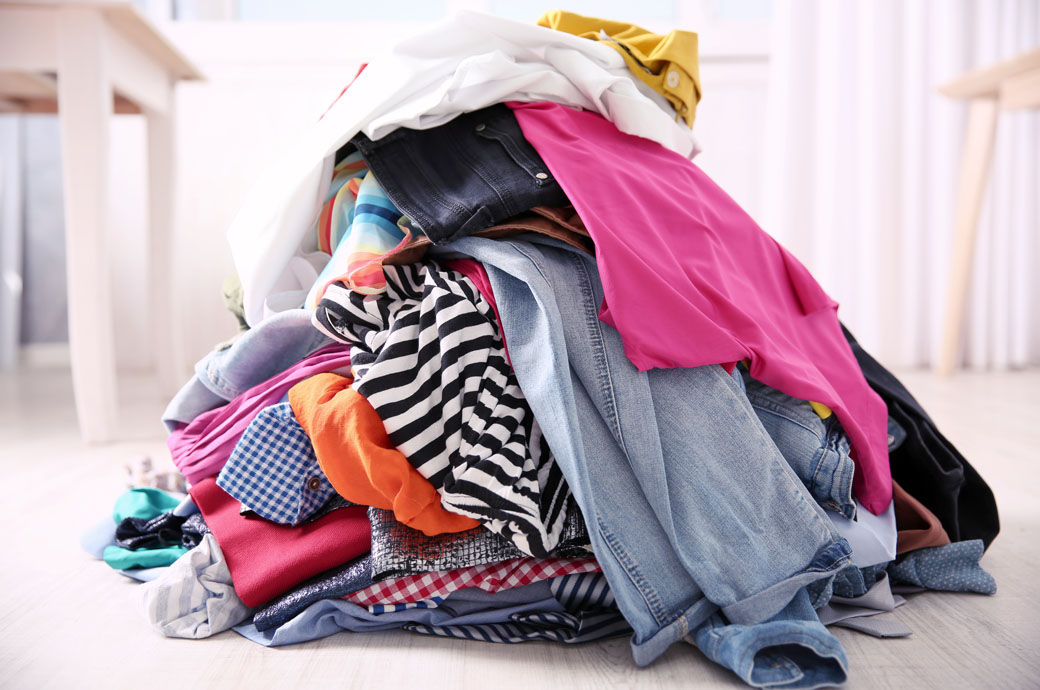Fashion
Over 75% of global used clothing exports from Europe; share may grow

The European Union (EU) has tripled its exports of used clothes over the past two decades from 550,000 tonnes to 1.7 million tonnes, the report revealed.
Europe, including the UK, accounts for over a third of global used clothing exports, and this may grow, a recent report by the UNECE and ECLAC said.
The EU has tripled its exports of used clothes over the past two decades.
A design-led circular economy approach to clothing is still in its infancy in the EU and several policies adopted are yet to bear fruit.
A design-led circular economy approach to clothing is still in its infancy, it noted. The EU Circular Economy Action Plan (CEAP) was adopted in 2020, the EU Strategy for Sustainable and Circular Textiles was adopted in 2022, and the EU Ecodesign for Sustainable Products Regulation was adopted in 2023.
However, these policies are still to bear fruit in the form of large-scale upstream solutions to the problems of textile waste, the report observed.
“The used clothes global market is constantly growing, and with it, its negative impacts. The textile industry has a key responsibility to adopt more sustainable practices, exporters and importers to adopt relevant policy decisions to foster traceability, circularity and sustainability,” stressed UNECE executive secretary Tatiana Molcean in a press release.
Most countries in Latin America, including Argentina, Brazil, Colombia, Mexico and Peru, have introduced clothing import bans to protect their national textile and fashion industries and avoid the threats posed by clothing dumps.
By contrast, Chile levies zero tariffs, and applies no quantity restrictions in imports, only requiring shipments to be sanitised by fumigation. It has thus become one of the top 10 importers of used clothes in the world, and the first in Latin America.
Three-fourths of all imported used clothes in Chile were deemed non-reusable, 30,000 tonnes of which are covering today 30 hectares of the Atacama desert, generating pollution and creating hazard to local communities’ health.
At the same time, trade in second-hand garments also provides employment and formal and informal income for national and migrant populations in established stores and open-air markets across the country, and this must be factored in when redefining public policies, suggested the report.
“To address the environmental and social issues of used textile trade, the EU and Chile must work together on creating robust regulatory frameworks. A partnership between the European Union and Chile could pioneer innovative approaches to regulate and reduce the impact of second-hand textile trade, including by setting global standards for the trade of used textiles, focusing on sustainability and social responsibility.” UNECLAC executive secretary Jose Manuel Salazar-Xirinachs said.
The report also recommends making changes to international trade agreements like the 2023 Interim Trade Agreement between the EU and Chile, which includes a chapter on trade and sustainable development, to step up bilateral cooperation, and using it as a template for other bilateral trade agreements between the EU and other countries.
Fibre2Fashion News Desk (DS)









